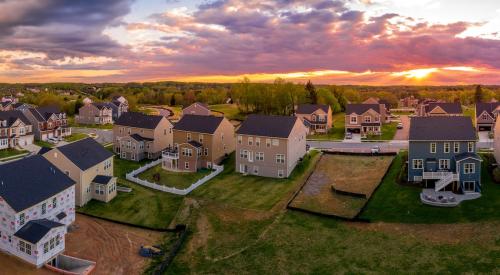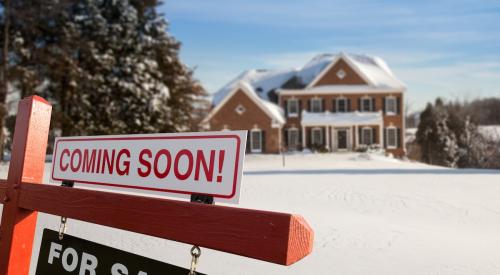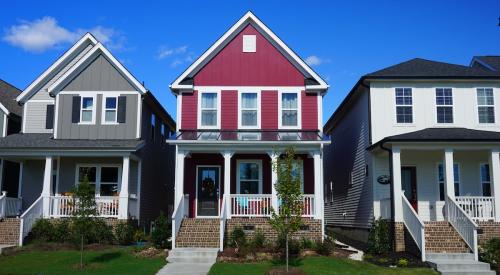Are urbanites really fleeing in droves toward the suburbs? Though anecdotal evidence may point toward that trend, Zillow’s 2020 Urban-Suburban Market Report begs to differ. Zillow found that overall, suburban markets have not strengthened exponentially compared to urban markets. Instead, both markets are hot and most cases show markets experiencing similar changes: same share of homes selling above their listing price and time spent on market. It is true that suburban home listings attract more traffic than urban listings, but the same is true for pre-pandemic times. Read more for the full report.
Earlier differences in sale prices may be the strongest signal of potentially diverging market trends in suburban areas. Median sale price growth has slowed across the board from February to June, and it has decelerated six percentage points more in urban areas than in the suburbs. The urban deceleration in prices was primarily a coastal phenomenon that tracks with a lower pace of pending sales and listing activity generally, especially in the urban Northeast. However, these fluctuations must be interpreted within the context of underlying home values. Median sale price changes can be caused by changes in the composition of homes being sold rather than reflecting true value changes, and sale prices can fluctuate drastically during periods of low transaction volume like we saw this spring. Finally, because our sale price data takes longer to tabulate, this observed difference reflects evidence from earlier in the pandemic, with May listings and pendings showing up in June closings. In the case of listings, we saw that earlier divergences later converged as the summer progressed, and that may occur as well with sale prices as more recent data become available.













